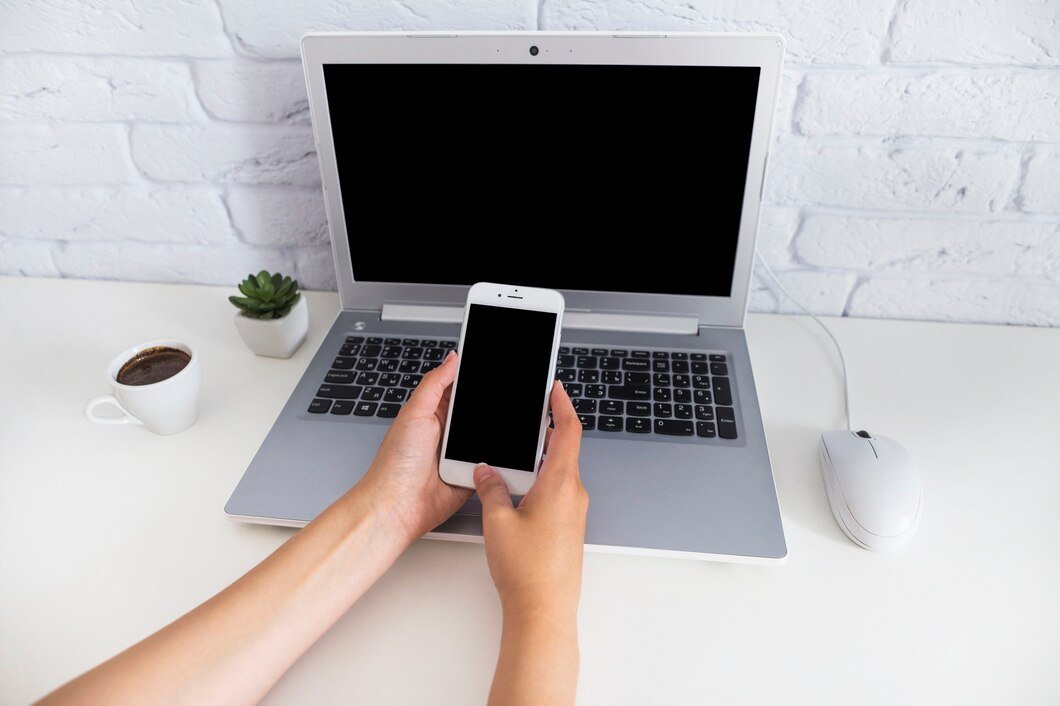Setting up a new device is exciting, but it can sometimes be a bit overwhelming. Whether you’ve purchased a smartphone, tablet, laptop, or smart TV, the setup process usually involves some essential steps to get your device ready to use. This guide will walk you through the basic steps to set up various devices, so you can start using them with confidence.
Read more: set up my device
1. Setting Up a Smartphone
Your new smartphone is packed with features, but first, you need to go through the setup process. Here’s how:
Unboxing and Charging
Start by unboxing your device carefully, ensuring you have all the components (charger, USB cable, user manual, etc.).
Charge the device fully before beginning the setup to ensure you won’t run out of battery during the process.
Initial Power-On and Language Selection
Press and hold the power button to turn on the device.
Choose your preferred language from the options provided, then proceed.
Connect to Wi-Fi and Sign In
Select a Wi-Fi network and enter the password to connect.
After Wi-Fi is connected, you’ll be prompted to sign in with a Google account (for Android) or Apple ID (for iPhone). This is necessary for accessing apps, cloud storage, and other features.
Setting Up Security Options
Set up a security option, such as a PIN, pattern, or fingerprint/face recognition, to keep your device safe.
Customize Settings and Install Apps
Adjust basic settings like display brightness, notification preferences, and app permissions.
Access the App Store (Google Play or Apple App Store) to install apps like social media, games, or productivity tools.
2. Setting Up a Tablet
Setting up a tablet is similar to a smartphone, but with a few extra steps for productivity options.
Connect to Wi-Fi and Sign In
Power on the tablet, connect to Wi-Fi, and sign in with your Google or Apple account.
Enable Device Sync and Storage
Enable device sync to access documents and media across all devices.
Set up cloud storage (Google Drive, iCloud, OneDrive) for automatic backups and storage.
Set Up Parental Controls (Optional)
If the tablet is for a child, most devices offer built-in parental controls to restrict certain apps, content, or features.
3. Setting Up a Laptop or Computer

Setting up a new laptop or computer can involve more steps, depending on the operating system (Windows, macOS, or Linux). Here’s a basic guide:
Power On and Go Through Initial Setup
Unbox the laptop, plug in the power cord, and press the power button.
Follow on-screen instructions to select language, region, and keyboard preferences.
Connect to Wi-Fi and Set Up a User Account
Connect to a Wi-Fi network.
Create or sign in to a user account (Windows: Microsoft account, macOS: Apple ID).
Install Essential Software
Download essential software, such as browsers (Chrome, Firefox), antivirus programs, and productivity software (Microsoft Office or Google Workspace).
System Updates and Security
Check for system updates and install them to keep your device secure and up-to-date.
Back Up Your System
Set up automatic backups to an external drive or cloud storage service, ensuring you don’t lose important files.
4. Setting Up a Smart TV
Setting up a smart TV can open up a world of entertainment options right in your living room. Here’s how:
Connect to Wi-Fi
Power on your TV and follow the on-screen prompts to connect it to Wi-Fi.
Log In to Streaming Accounts
Sign in to your streaming accounts like Netflix, Hulu, or Amazon Prime.
Set Up Voice Assistants (Optional)
Many smart TVs come with voice assistant features. Follow prompts to set up Alexa, Google Assistant, or other compatible assistants.
Customize Display and Audio Settings
Adjust brightness, contrast, and volume settings to your preference.
5. Setting Up a Smart Home Device
Devices like smart speakers, thermostats, and security cameras require some specific setup steps. Here’s a general process:
Download the Companion App
Download the device’s companion app (like Google Home, Alexa, or a specific brand’s app) on your smartphone.
Connect to Wi-Fi and Add the Device
Open the app, connect to Wi-Fi, and follow prompts to add the device to your account.
Configure Settings and Personalize
Set up device-specific preferences, such as naming the device, setting locations, and linking it with other smart home devices if necessary.
6. Common Troubleshooting Tips
Sometimes, things don’t go as smoothly as planned. Here are some quick fixes for common setup issues:
Device Not Connecting to Wi-Fi
Ensure you’re entering the correct Wi-Fi password.
Restart your router and device to refresh the connection.
App or Software Won’t Install
Check if the device has enough storage space.
Ensure the software is compatible with your device’s OS.
Slow Performance During Setup
Restart the device to free up memory.
Check for system updates that may improve performance.
Device Freezes or Crashes
Try a soft reset by powering off the device and turning it back on.
For persistent issues, perform a factory reset, but remember to back up important data first.
7. Secure Your Device
Security is essential once your device is set up. Here are some tips:
Enable Two-Factor Authentication: Add an extra layer of security for accounts by enabling two-factor authentication.
Use Strong Passwords: Create unique passwords for different accounts and consider using a password manager.
Install Antivirus Software: Especially for computers, install a trusted antivirus program to protect against malware.
Update Regularly: Keep your device’s software up-to-date to ensure you have the latest security patches.
8. Back Up Your Data
Backing up your device helps protect against data loss. Set up automatic backups:
Smartphones and Tablets: Use cloud services like Google Drive or iCloud.
Laptops and Computers: Back up to an external drive or use cloud services like Dropbox or OneDrive.
Smart TVs and Home Devices: Many of these devices don’t require backups, but you can still save settings to a mobile app for easy recovery.
9. Enjoy Your New Device
Now that your device is set up and secured, take a few minutes to explore its features:
Explore Apps and Settings: Familiarize yourself with the device’s settings, options, and features.
Personalize It: Customize your device with wallpapers, themes, and widgets to make it feel uniquely yours.
Try Out Voice Commands: If your device has voice recognition, practice using voice commands for added convenience.
Conclusion
Setting up a new device may feel like a daunting task, but by following these steps, you’ll have your device ready to go in no time. Taking the time to set up your device properly will improve your experience, keep your information secure, and allow you to make the most of its features. Whether it’s a smartphone, computer, tablet, or smart TV, you’re now ready to dive in and enjoy all that your new gadget has to offer.


1 thought on “Set Up My Device: A Step-by-Step Guide for All Your Gadgets”